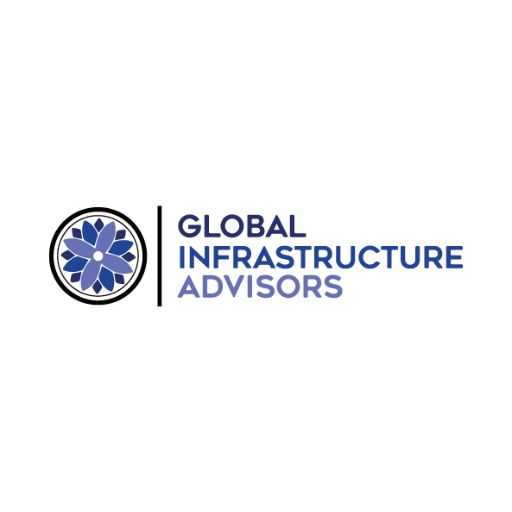
As the world moves toward cleaner and more sustainable energy, more people are investing in solar, wind, and other renewable energy projects. But turning a big idea into a real energy project isn’t easy. One of the biggest hurdles is finding the money to build and run these projects. This is where project finance for renewable energy becomes very important. It helps people and companies get the money they need while managing risks and making sure the project is a good long-term investment.
In the USA, renewable energy is growing fast, but financing these projects comes with its own set of challenges. Let’s look at the main problems people face and how they can be solved.
Challenge 1: High Upfront Costs
One of the biggest challenges is the large amount of money needed at the beginning. Building a wind farm or a solar plant can cost millions of dollars. This includes the cost of equipment, land, permits, and labor.
Solution:
Many companies now use long-term contracts, like Power Purchase Agreements (PPAs), to attract investors. These contracts guarantee a buyer for the energy before the project even starts, which helps lower the risk. Banks and investors feel more confident funding the project when they know there’s a plan to earn steady money from it.
Challenge 2: Complex Financial Structures
Project finance is not a simple loan. It involves many players, including banks, private investors, government agencies, and sometimes foreign partners. This can make things confusing and hard to manage.
Solution:
Having a strong team of legal, financial, and technical experts is key. These professionals help organize the deals, set clear rules, and manage the flow of money. Keeping things clear and simple helps prevent mistakes and misunderstandings.
Challenge 3: Long Development Time
Renewable energy projects can take years to plan, get approved, and build. During this time, costs can go up, rules can change, and support from investors may drop.
Solution:
Project developers need to plan ahead and build flexible timelines. They also need to stay updated on government policies and regulations. Working with partners who have experience with long-term projects is a smart way to handle delays or changes during the project.
Challenge 4: Changing Government Policies
Sometimes, government support for renewable energy can change. One year there might be tax credits or subsidies, and the next year they could be gone. This makes it hard for investors to plan for the long term.
Solution:
Diversifying funding sources helps protect projects from changes in policy. Instead of depending on just one government program, developers can use a mix of private investments, federal and state incentives, and green energy grants. It’s also helpful to work in states with strong and stable clean energy goals.
Challenge 5: Uncertain Revenue
Since renewable energy depends on nature—like the sun shining or the wind blowing—there’s always a chance the project won’t make as much energy (and money) as expected.
Solution:
Today’s technology can help solve this. Better forecasting tools and smart energy management systems help developers predict energy output more accurately. Some projects also use energy storage like batteries to store extra energy for times when production is low. These steps make the project more stable and attractive to investors.
Challenge 6: Environmental and Community Concerns
Sometimes, local communities or environmental groups are worried about how a project might affect wildlife or nearby homes. If these concerns aren’t handled properly, they can lead to delays or even stop the project.
Solution:
Listening to the community from the beginning makes a big difference. Hosting public meetings, answering questions, and making changes to protect the environment shows respect and builds trust. When people feel included, they’re more likely to support the project.
Challenge 7: Limited Experience in New Markets
In some areas, especially in rural or developing regions of the USA, developers might not have much experience working with local rules or building energy projects.
Solution:
Partnering with local experts and consultants can make the process smoother. These partners understand the rules, the land, and the people. Their local knowledge can help avoid mistakes and save time and money.
Conclusion
Building a renewable energy project is a great way to support the environment and create long-term value. But it’s not always simple. From high costs to changing policies and community concerns, developers must overcome many obstacles to succeed. The good news is that with careful planning, expert help, and smart financing, these challenges can be solved.
For anyone looking to explore project finance for renewable energy, working with professionals who understand the process is key. Global Infrastructure Advisors offers the experience, support, and tools to help turn clean energy ideas into successful projects across the USA.